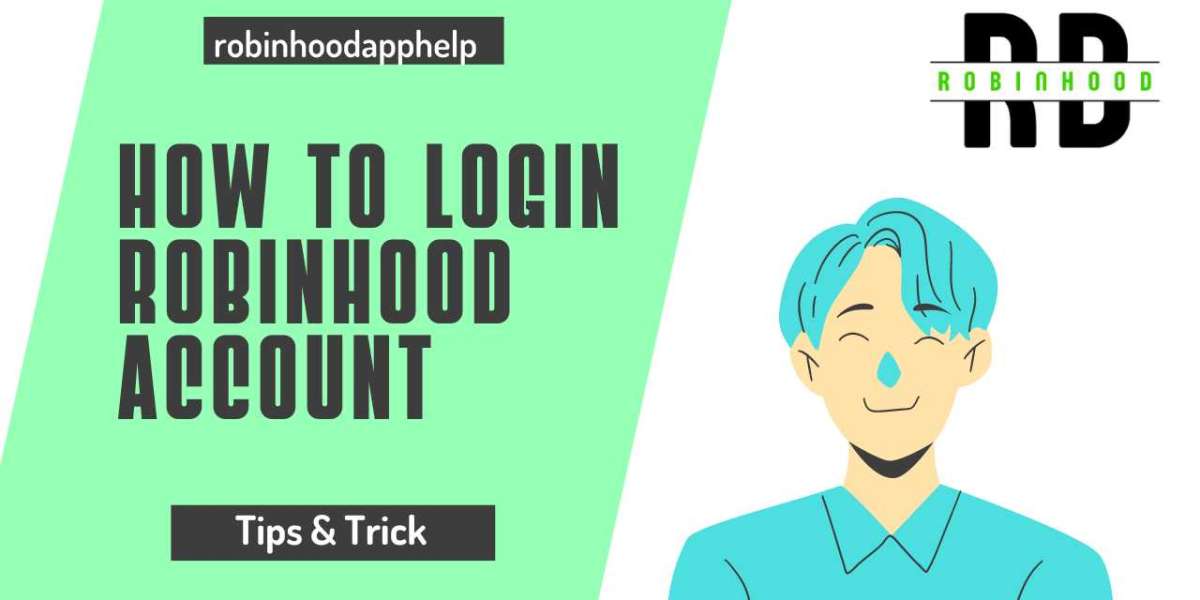Search
Popular Posts
-
 Laser Cleaning Dry Market Size, Industry & Landscape Outlook, Revenue Growth Analysis to 2030
By ajit Chary
Laser Cleaning Dry Market Size, Industry & Landscape Outlook, Revenue Growth Analysis to 2030
By ajit Chary -
 The mobile app Pin Up casino
By Pin Win
The mobile app Pin Up casino
By Pin Win -
 Get the Best 3D Printer Filament Online - Shop Now at WOL3D Coimbatore
Get the Best 3D Printer Filament Online - Shop Now at WOL3D Coimbatore
-
 Elevate Your Greens: AussieBasket's Supreme Caesar Salad Dressing Perfection
Elevate Your Greens: AussieBasket's Supreme Caesar Salad Dressing Perfection
-
 Lắp Camera Chống Trộm Gia Đình Chuyên Dụng
Lắp Camera Chống Trộm Gia Đình Chuyên Dụng


